-
Posts
1,763 -
Joined
-
Last visited
-
Days Won
7
Content Type
Profiles
Forums
Resource Library
Events
Gallery
Blogs
Store
Community Map
Posts posted by GSR 800
-
-
-
Thought originally that it was the tight bends on the layout so they were replaced with larger radius track, but the problems persist
-
The problem with mine was that the pony truck keeps derailing. Very annoying.
-
No, actually they were the more modern Hornby ones.
-
Thanks for that. Didn't bought yet. I'm wondering does the hornby patriot class use a ringfield motor? I've seen the 3 poles upgraded to 5 pole with impressive results. I've just ordered 5 pole armature to swatch out on another old loco.
When I bought a patriot and a Scot(to convert) I found both had problems with gears not meshing properly, and poor pulling power
-
-
An Antonov 40 would cope better with a boggy runway.
[ATTACH=CONFIG]22641[/ATTACH]

-
It was flown in to Craggy island by an Antov-an 124, I believe
-
-
Can/does anyone post on the calendar? First time I ever visited I expected to see dates for shows, meets, releases etc.
Nada
"Add new event" is on the top right of the calendar Kev.
As for the "does" part...ehh...
-
So what..a bunch of Celtic doodles on the sides? Ah jahsus..
-
The dark green doesn't look to unlike the CIE dark green on (some) steam locomotives
-
Baby poo green swirls on the coaches, midnight blue swirls on the loco?
Well you are the expert on baby poo swirls..you wouldn't even have to get the airbrush out..
-
Well the coaches are blue...suggesting she something on the loco will be blue.
-
Maybe they are doing what they did with the enterprise? Couple of runs first, and then finish the paint job?
-
Below is a pic of it. It's in all-white livery, in a snowstorm.......
What ye think of that!
Although it's a nice livery..it will never catch on, and it will weather terribly....
-
Built to a Glenderg standard of perfection. Take a bow sir, I can't wait to see the finished product
-
Great, I would love to talk trains with you, and how you build them!
-
Yes it does! What is more, I learned how to do them from the master of scenics, Mr G himself. Gordon has been a valued friend for many years and his books on scenics and modelling are well worth getting hold of.
Many thanks for your kind thoughts, but if you see Pempoul, you will know it really is at another level.
Well scale puddles are the pinnacle of railway modelling, so so you and Mr G can take a bow. Hope to be at Cultra in November myself!
-
+1. Pempoule might be good, but does it have scale puddles?
-
Bullied actually went over to Italy,and applied many of their ideas to the modified K3
-
-
The extended smokebox doors were fitted when the MGWR rebuilt and superheated the Celtic & Connemara Class (GSR D5-7)4-4-0s and B & H Class (GSR J2 & J6) 0-6-0s during the WW1 period. The extending the door allowed the Cusack-Morton supeheater elements to be fitted within an existing smokebox, the cattle engines were built from new with superheaters and did not have this feature.
Rebuilt Celtic MGWR As GSR/CIE D5
Rebuilt Connemara MGWR Cs GSR D6/7
MGWR Cattle Engine F Class GSR J5
That's them alright..they look so weird
-
What does the rolling stock look like? Looks more MGWR than anything else
.png.c363cdf5c3fb7955cd92a55eb6dbbae0.png)
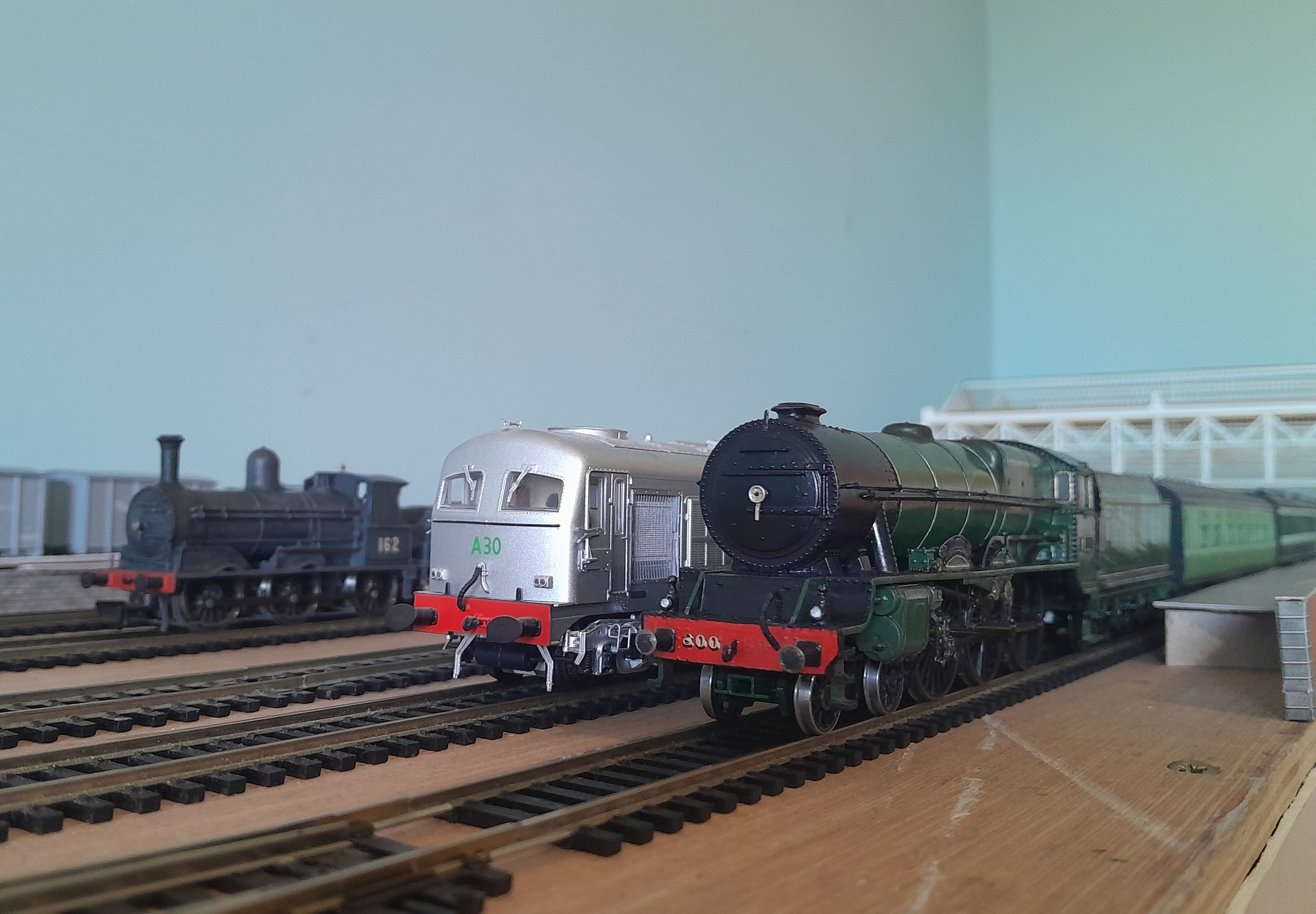
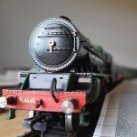
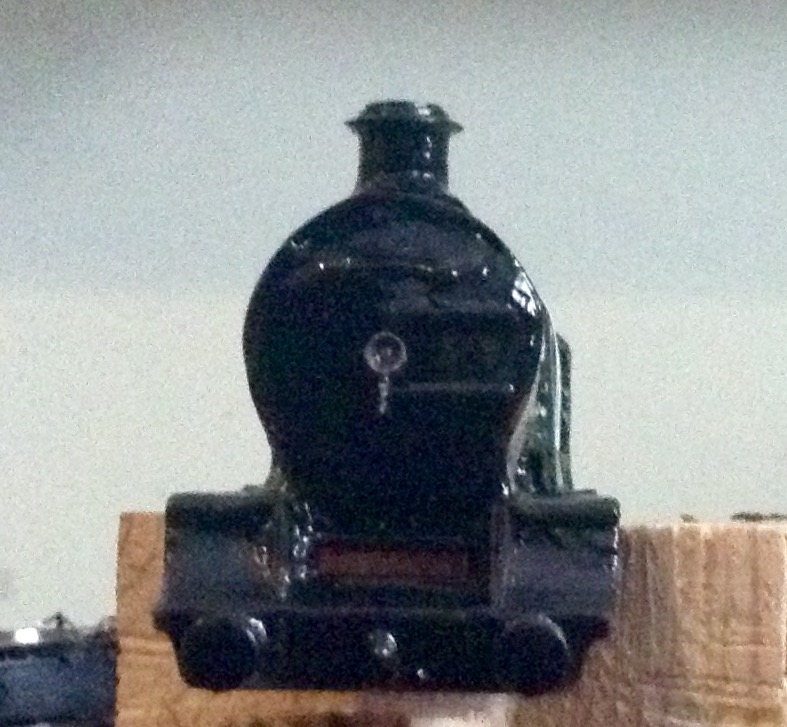
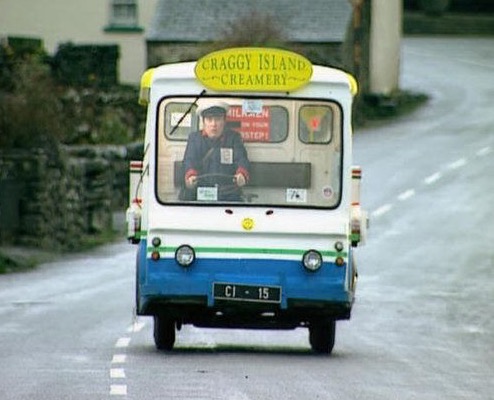
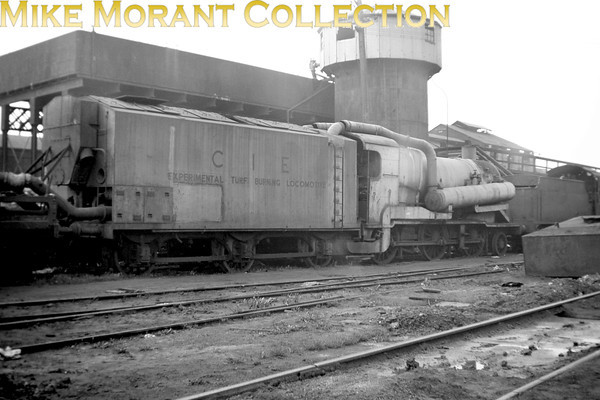
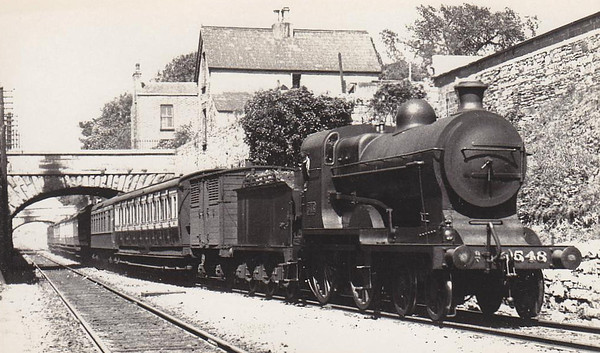
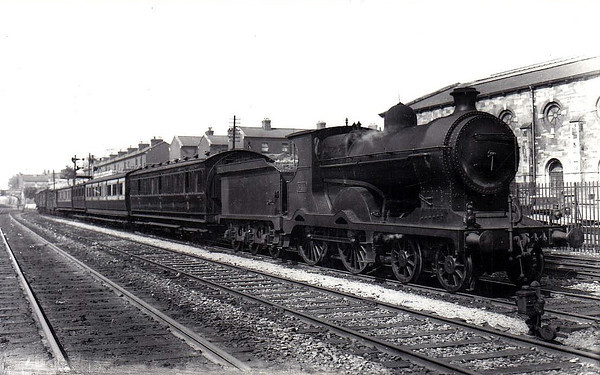
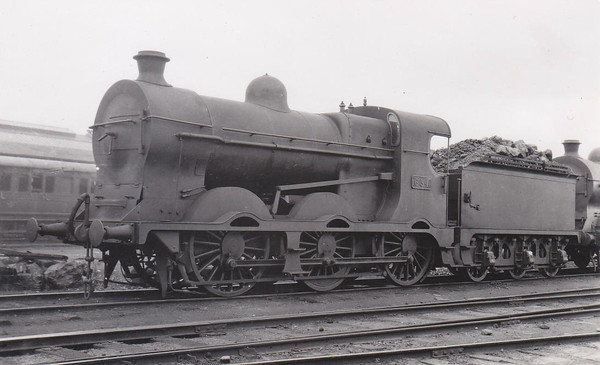
Amiens Street Terminus
in Irish Model Layouts
Posted
Very nice. I believe some of the Yanks use tree bark for cliff faces. How's the Terminus itself looking. PM sent